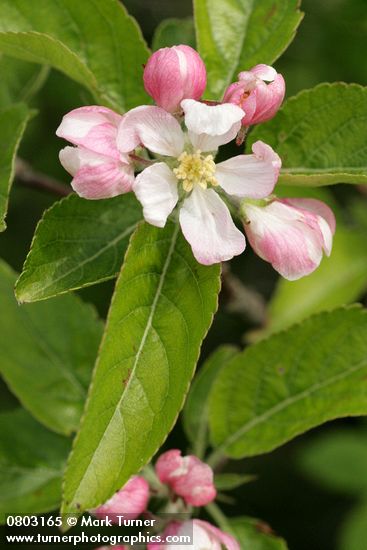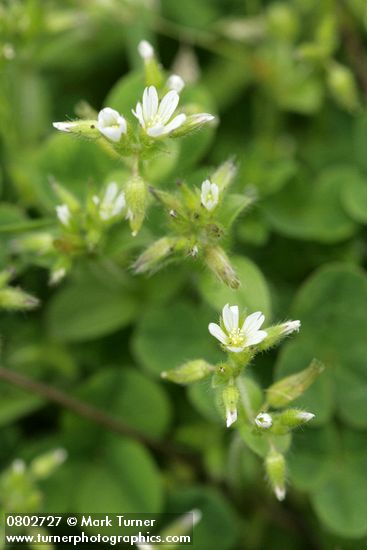Planting Vegetable Seeds
We’re a little behind this year on getting the vegetable garden going. Natalie planted peas a while back and they’re doing well along the fence, but they haven’t started to climb yet. She also put broccoli and lettuce seeds in the ground a couple of weeks ago and they’re both up and starting to get their true leaves.
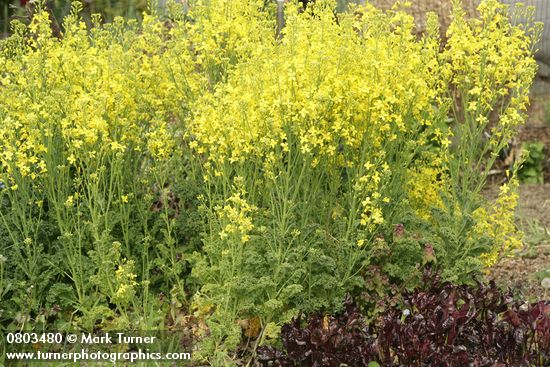
Last weekend I made time to finish spading and tilling most of the rest of the vegetable beds. I pulled out the last of the kale and beets from last fall that had overwintered and were starting to bolt. The kale really looked pretty spectacular blooming bright yellow, but the leaves were tough and it didn’t taste all that good. So out it came.
I’d planted a mix of crimson clover and annual rye in a couple of beds as a cover crop last fall. This was the first time we used a cover crop of any kind, so I wasn’t sure how the soil would be when I spaded it up. Turns out that the beds with the cover crop were drier and in better condition than the beds that were just mulched for the winter. My guess is that the cover crop sucked some of the excess moisture out of the soil. Someone’s probably done research on it but I didn’t bother to look it up.
Anyway, I got all the veggie beds prepped. Natalie planted our tomato starts in two beds: 5 Siletz and 2 each Sungold, Sweet Millions, and Chocolate Cherry. Somehow we failed to start any seeds for paste tomatoes this year. We put a shovelful of compost and a handful of organic fertilizer in the bottom of each hole before planting tomatoes. That’s enough to carry them through the season.
I planted seeds for two hills of cucumbers, a row of carrots, a patch of radishes, a patch of daikon radishes, more lettuce, some spinach, a short row of basil, and a small patch of dill. I covered all the new seed beds with a thin layer of dry grass clippings to help keep the surface of the soil moist. I’ll try to keep it lightly watered nearly every day when it doesn’t rain.




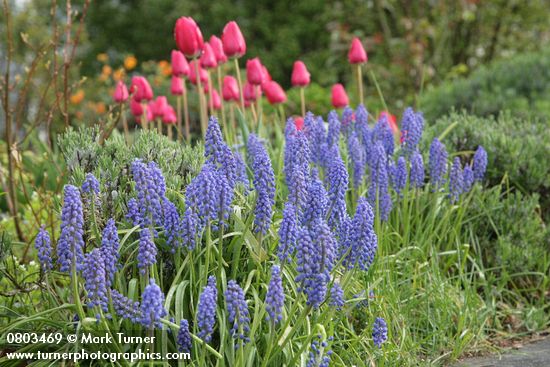

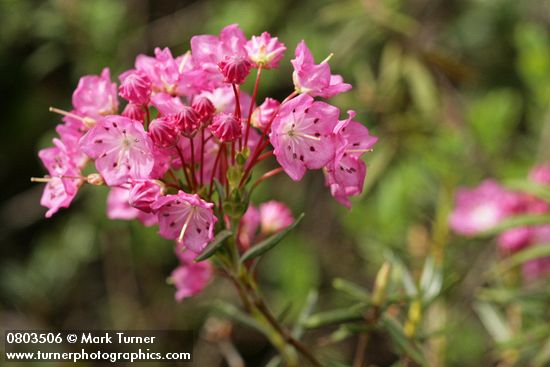
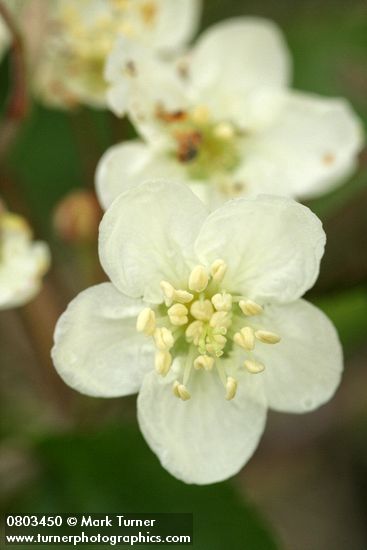 I also found lots of escaped cultivated apple trees blooming in the woods and near wet areas where the native crabapple grows. While some of the escaped apple trees are quite big, it’s easy to confuse them with the native. The flowers look a lot alike, especially when you find an apple with white instead of pink blossoms. You have to look close to see the difference: 3 pistals in the native crabapple and 5 pistals in the domestic apple blossoms.
I also found lots of escaped cultivated apple trees blooming in the woods and near wet areas where the native crabapple grows. While some of the escaped apple trees are quite big, it’s easy to confuse them with the native. The flowers look a lot alike, especially when you find an apple with white instead of pink blossoms. You have to look close to see the difference: 3 pistals in the native crabapple and 5 pistals in the domestic apple blossoms.